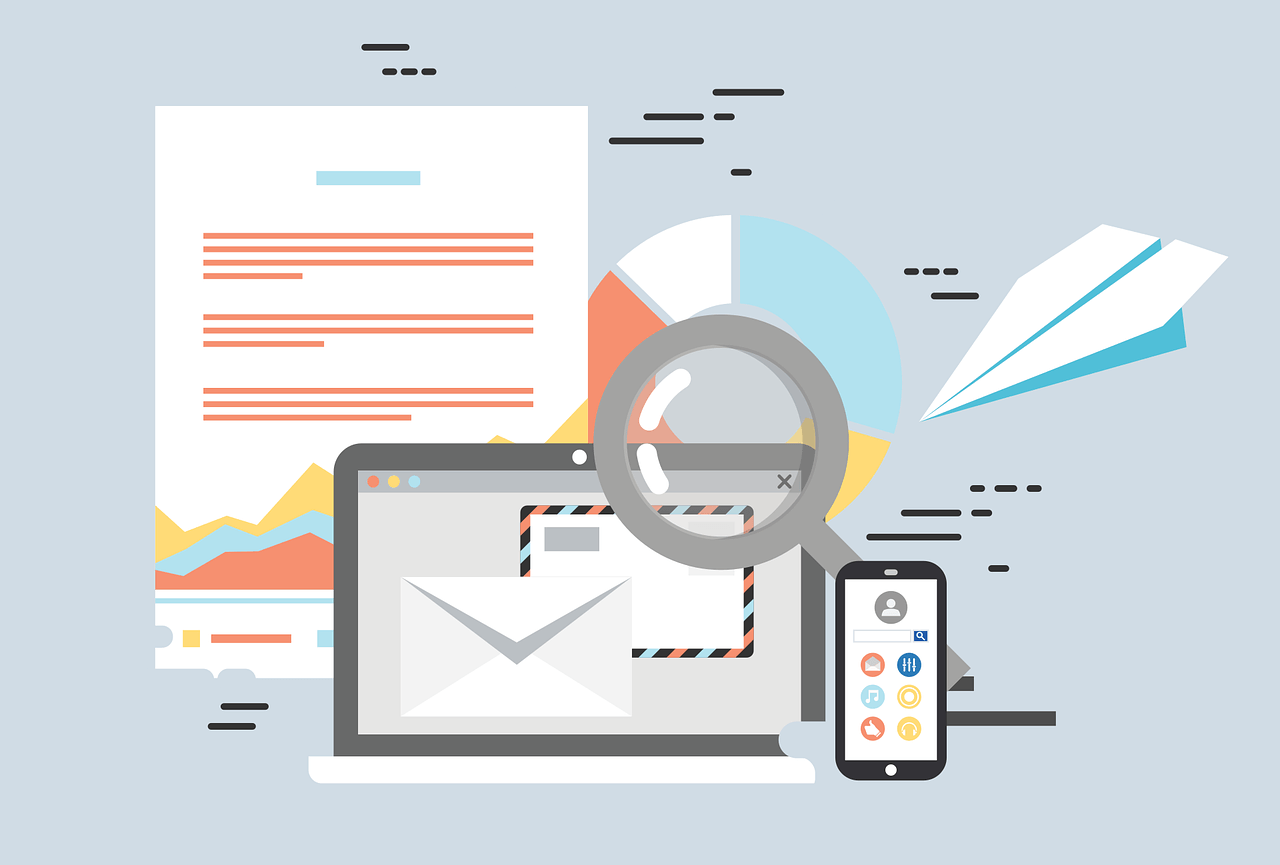3 things to include in every marketing email

If you're not cultivating an opt-in email list, you're leaving money on the table. In the world of marketing, an email campaign is one of the most efficient and effective tools available. Delivered directly to a potential customer’s inbox, an email offers a straightforward way to place your message in front of an already interested audience.
But not all emails are created equal, and inboxes are filling up every day with advertisements. There are many obvious factors to consider when constructing an email campaign. Is your subject eye-catching enough? Is your content relevant? Are your subscribers going to gain anything from reading your email? It's a lot to think about!
We've put together a list of things you might not have thought about to make sure your emails get the response you want:
- Attach a UTM code to all of your links.
The Urchin Tracking Module (UTM) is the best way to track how
each of your emails is received and where people are clicking. When you're
first starting, try using a different UTM campaign name for each link you
add to your email. It’s an extra step, but the information is valuable!
You can tell which images, text, and buttons are doing the best with a
quick glance at your stats and adjust your strategy accordingly for your
next email send. You’ll need to have Google Analytics installed on your
website in order to view this data.
- Vary your text and graphic images.
Most people only skim their non-personal emails. You've got about
2 seconds to catch their eye and make them want to click. Write a
compelling headline that's easy to read (don’t use an illegible font). But
also consider adding text over any images you use. Not everyone is going
to take the time to read a plain-text headline, but you can grab users’ attention
with a catchy image. Always keep a healthy mix of text and images to give
your message maximum exposure.
- Don't forget the unsubscribe button. It might seem counterintuitive. You've worked hard to build your email list, why would you want to make it easy for subscribers to opt-out? The answer is simple: you don't want those people in your list! If they want out, let them out. People receiving emails they don't like tend to mark them as junk or report them to their Email Service Providers. This hurts your domain's reputation and affects who will see your email the next time you send one. Add an unsubscribe link to the top and bottom of your email. Make sure they're working every time you send an email.
Cultivating your opt-in email list is smart business in today’s marketing world. Adding in these elements can help maximize your return on every email sent.










